Date and place
- February 18th, 1814 near Montereau, Seine-et-Marne, France.
Involved forces
- French army (25,000 men) under Emperor Napoleon the First.
- Austrian and Wurttemberg armies (18,000 men) under Field Marshal Karl Philipp Fürst zu Schwarzenberg and King Friedrich I. Wilhelm Karl von Württemberg.
Casualties and losses
- French army: about 2,000 dead and injured.
- Allied army: approximately 3,000 dead and 3,000 prisoners.
The general situation
After the repeated defeats suffered by the Army of Silesia on the river Marne between February 10 and 14, 1814, Napoleon was no longer worried about it. He therefore neglected to complete its destruction and gave in to the urgent calls from Paris to move to the Seine, where Generalissimo Karl Philipp Fürst zu Schwarzenberg had resumed his advance towards the capital.
On the 15th, the Emperor left Montmirail with Marshal Michel Ney and part of the guard, leaving Auguste Viesse de Marmont and 10,000 men to watch over Gebhard Leberecht von Blücher from Etoges
Its junction with the corps of Nicolas Charles Oudinot, Etienne Macdonald and Claude-Victor Perrin, known as Victor, obtained through a series of movements as swift as they were ingenious, prescribed to his marshals, ensured that Napoleon had a mass of over 30,000 combatants at his disposal, in the face of an enemy that was once again dispersed.
Schwartzenberg, as ever, had not yet dared to throw all his forces on the right bank of the river Seine. Only the corps of Prince Wilhelm Friedrich Karl von Württemberg
On the 16th, on his own initiative, Wittgenstein advanced as far as Nangis and even sent his vanguard to Mormant
On the morning of the 17th, having received orders during the night from Schwartzenberg disapproving of his initiative, Wittgenstein left Nangis for Nogent and ordered Pahlen to retreat as well, evacuating Mormant along the road leading southeast to Nangis.
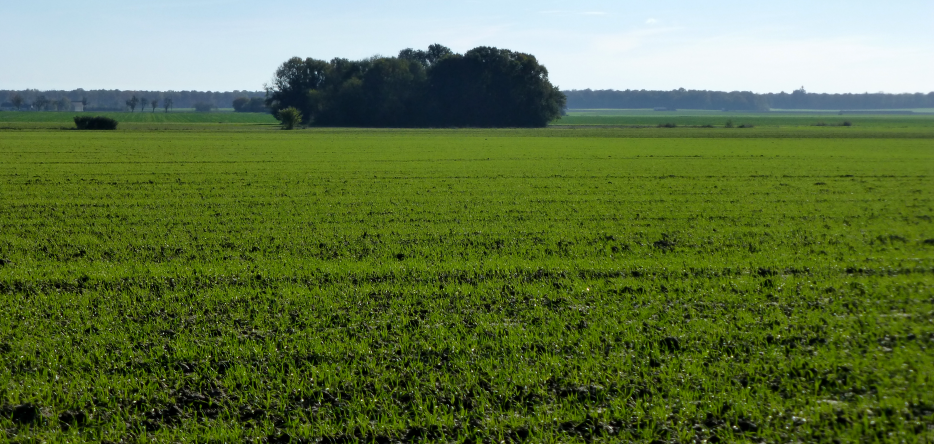
Preliminaries: battles of Mormant and Villeneuve-le-Comte on February 17
But Napoleon had already set off on his march, and came upon the vanguard preparing to retreat. He thought he had a sizeable corps in front of him, perhaps Wrede and Wittgenstein combined, and proposed battle by deploying his troops.
At this sight, Pahlen, who had thought for a moment of resisting, realized the disproportion of his forces - he had only 4,000 infantrymen and 2,000 horses - and tried to evade.
His withdrawal was initially relatively orderly, but as he approached
After a final French charge had dispersed the Russian cavalry, Pahlen's infantry was driven in and laid down their arms, with the exception of one square which was caught while trying, unsuccessfully, to escape through the Ancoeur marsh, between the farm of the same name [48.57627, 2.97797] and that of Les Pleux
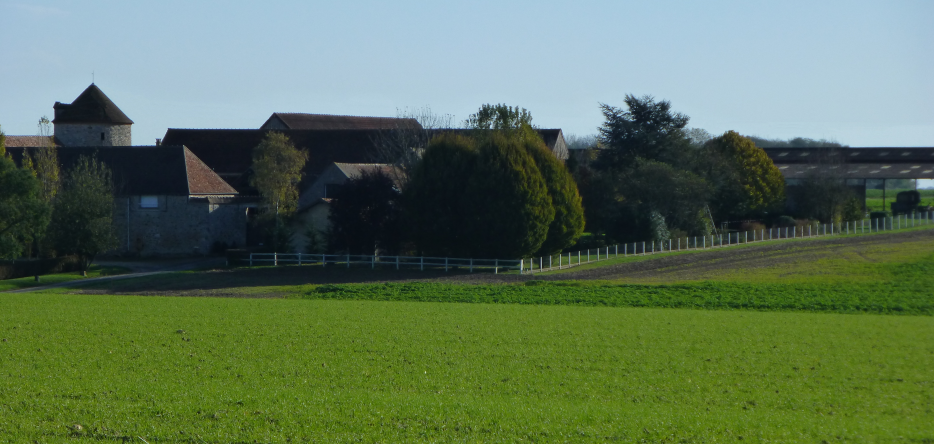
The rest of the fugitives were pursued with such fervor that the Austrians, who were evacuating Nangis after refusing to help Pahlen, were met behind the town and hustled back. They rushed towards Valjouan
The Allies lost almost 4,000 men in this engagement, including some 3,000 prisoners, as well as about ten cannons.
Napoleon, however, was not satisfied with this success over a small, adventurous corps. He launched each of his marshals against one of the towns held by the allies on this side of the river Seine: Oudinot to Provins, Macdonald to Donnemarie, Victor to Montereau.
While the first two met with little opposition, as Wrede was preparing to cross the Seine again at Bray and Wittgenstein had already left Provins to take up a position at Sourdun on the road to Nogent, the same could not be said of the Duke of Bellune (Marshal Victor).
At three o'clock in the afternoon, in front of Villeneuve-le-Comte [now Villeneuve-les-Bordes
After this encounter, Victor halted his march on Montereau, contenting himself with sending a cavalry division and a few sappers, much to Napoleon's anger. A report received at the same time as the announcement of his lieutenant's halt at Salins
Allied preparations
On hearing the news of the battle at Mormant, Schwarzenberg, still unaware of Napoleon's arrival in the theater of operations, took no special measures. He simply recalled Wrede and Wittgenstein to the left bank of the Seine and ordered them to defend the river crossing at Bray and Nogent.
The Prince of Württemberg, for his part, received the order to defend the Montereau bridge with the utmost energy.
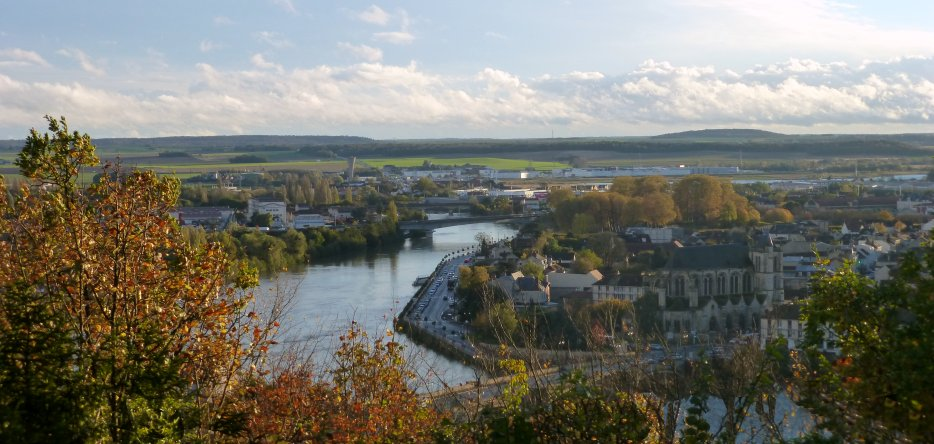
To comply, he lined up most of his troops on the Surville plateau
Strong batteries protected both the front and the flanks. Several detachments were left in reserve, near Motteux and on the road to Sens, beyond the Seine.
Beginning of the battle
On February 18, General Pierre-Claude Pajol
There, with a strong cavalry contingent blocking his path, he had to wait for the Michel-Marie Pacthod
For two hours, Pajol's troops, sent there as a back-up force, were the only ones to sustain the fight. Marshal Victor, who had already been reprimanded the day before for his lack of combativeness, did it again today, delaying his arrival until nine o'clock, in formal contradiction with the orders he had received. His belated efforts were also clumsy and disorganized. The division he first sent to attack from Forges
A second attack, led by General Guillaume Philibert Duhesme
Pajol still held out, but losses were already heavy.
Interventions by Gérard and Napoleon
General Maurice Étienne Gérard
Gérard began by counter-attacking the enemy artillery with the forty cannons he had brought with him from the Paris reserve, causing great damage to the opposing batteries and infantry.
Meanwhile, around 2 or 3 p.m., arriving from Orvilliers
But the Prince of Wurttemberg, since the arrival of Napoleon and his guard, had already begun his withdrawal, as his position, perfect for defense, could, once forced, turn into a formidable trap. The allied units therefore began to re-cross the Seine, covering each other's positions.
Pajol, however, noticing this movement, swooped down on the enemy left and tumbled it, routing all the troops in front of him. The same quickly happened on the other wing, and the allies, retreating in two columns that met on the banks of the Seine, soon found themselves cornered on the river, where their numbers soon saturated the bridges over it
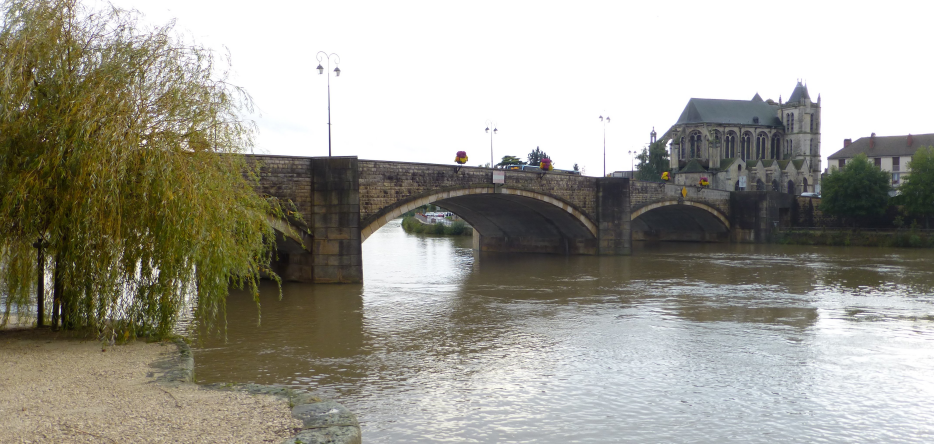
The confusion of the Allies was brought to a head when two new French batteries, emerging from the Nangis road, began strafing their obligatory crossing point.
The stampede was such that the reserves called up by Wurtemberg were unable to fight their way through the fugitives. The French took advantage of the situation to seize the bridges before the enemy had time to blow them up. In town, the attackers were helped by the inhabitants, exasperated by the mistreatment they had suffered in the previous days, who took advantage of the circumstances to exact their revenge.
Württemberg's reserves, in turn, were tumbled into the stream of fugitives. The Prince fled up the Seine with some of the survivors; the other ones followed the course of the Yonne.
Results
The battle cost the Allies three thousand dead and as many prisoners. On the French side, two thousand men were killed.
But while the city and its bridges were taken, the delays caused by Victor had undermined the Emperor's plan. There was no time to wedge themselves between the two halves of the enemy army.
No longer in a hurry, Napoleon lingered in Montereau until February 20, sleeping in the Castle of Surville [seriously damaged during World War II, it was demolished in 1950].
Picture - "Battle of Montereau, February 18th, 1814 - General Gerard in action". Painted by Jean-Charles Langlois, a.k.a. "The Colonel".
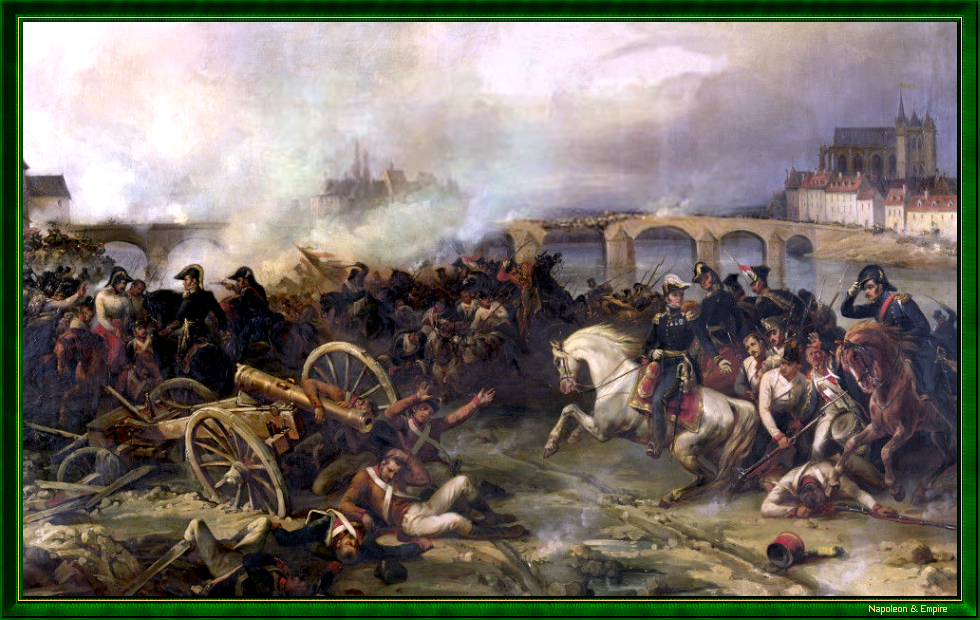
Legend has it that, during the battle, Napoleon himself showed young, inexperienced artillerymen how to aim their cannon. And that he cheerfully replied to those who were worried about the risks he was taking: Come on, my friends, don't be afraid! The cannonball that will kill me is still a long way from melting
.
A plaque
Since 2007, a statue of General Henri Gatien Bertrand
As for the Emperor, an equestrian statue
 Display the map of the Campaign in northeast France in 1814
Display the map of the Campaign in northeast France in 1814